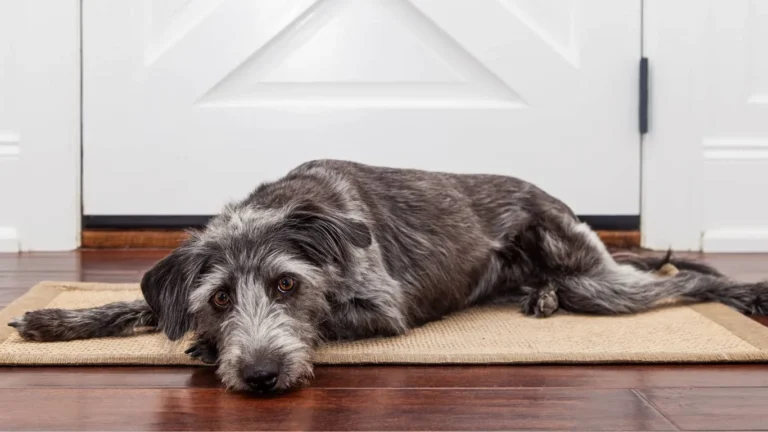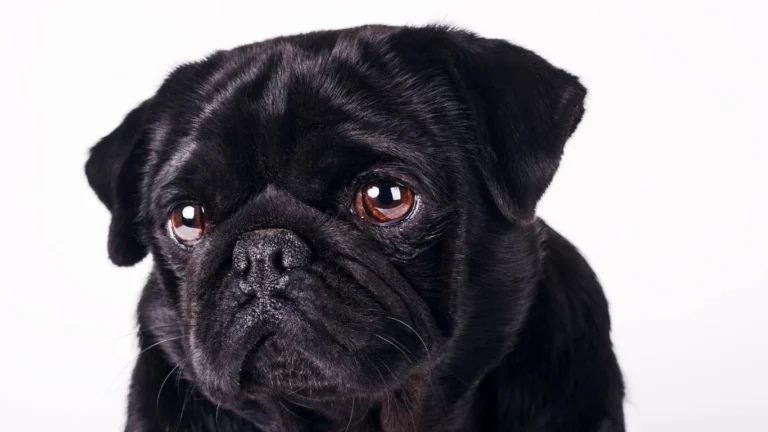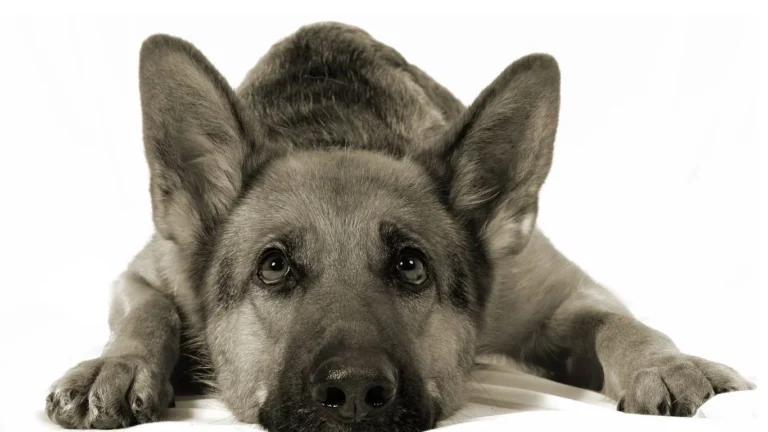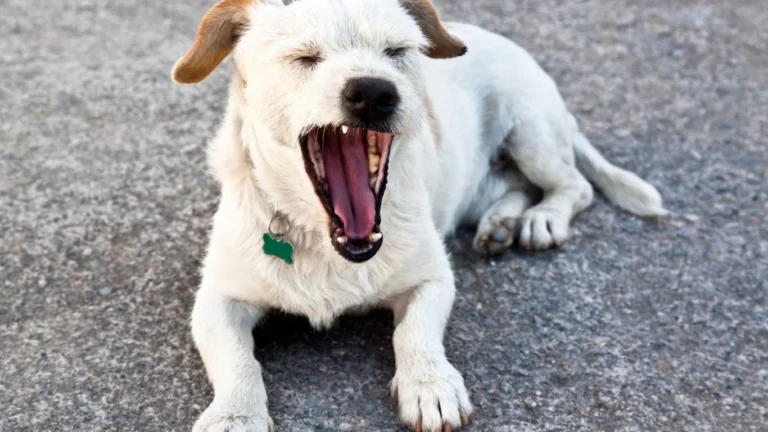What Causes Sudden Aggression in Dogs? Understanding Behavior Triggers
As a Pet Nutritionist and pet care expert working in veterinary clinics for years, I’ve seen dogs exhibit all kinds of behaviors, some of which can leave their owners scratching their heads. One of the most alarming behaviors is sudden aggression. This can be a terrifying experience for both the pet and the owner, and understanding the underlying causes is crucial to managing and resolving the issue. When a dog who’s typically calm and friendly suddenly turns aggressive, it can leave you wondering, what causes sudden aggression in dogs? Well, it’s not always about bad temperament or poor training; there are several reasons this behavior can develop. In this post, I’ll walk you through some of the main causes, what signs to look for, and how to manage it based on my experience working with countless pets and their owners.
Understanding Aggression in Dogs: More Than Just Temperament
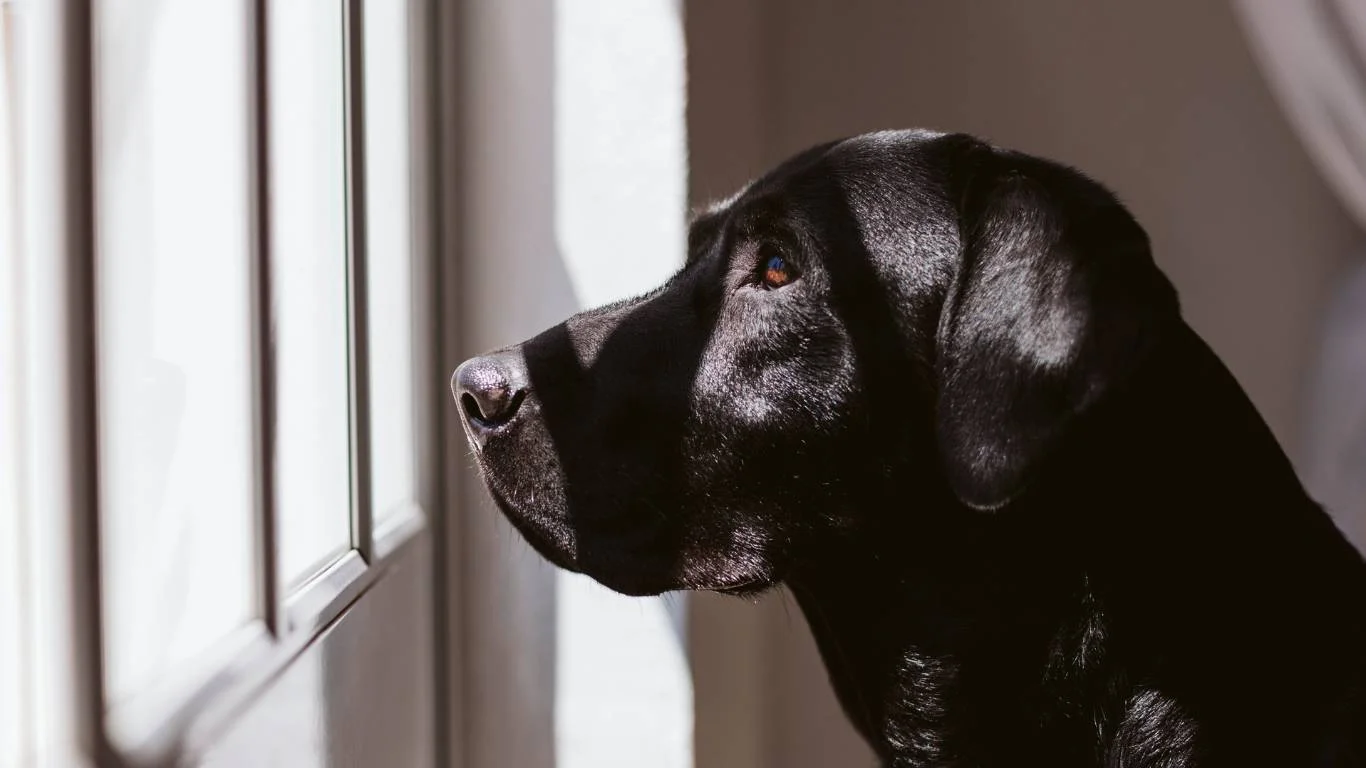
Aggression in dogs isn’t as straightforward as some might think. It’s easy to assume that a dog who acts aggressively is just a “bad dog,” but the truth is, aggression is often a symptom of something else—like fear, pain, or stress. It’s an emotional response that can stem from various sources, and understanding what’s causing it is essential to addressing the behavior. In my work with dog owners, I’ve found that aggression is more often a form of communication than a behavioral flaw. It’s their way of saying something isn’t right, either physically or mentally.
Common Causes of Sudden Aggression in Dogs
When a dog suddenly starts acting aggressively, it can be incredibly stressful. But it’s important to remember that aggression is a symptom, not a condition in itself. To effectively deal with the issue, we need to dig deeper and look at potential underlying causes. Here are some common reasons why your dog might be suddenly aggressive:
1. Pain or Discomfort: A Silent Aggressor

As strange as it may sound, one of the most common causes of sudden aggression in dogs is physical pain or discomfort. Dogs are naturally good at hiding pain, so it can sometimes go unnoticed until they lash out. Pain can make even the sweetest dog irritable and less tolerant of interaction. Whether it’s an injury, dental issue, or arthritis, a painful condition might cause your dog to react aggressively if they feel threatened, especially during touch or movement. Over time, you may notice a pattern: the aggression only occurs when certain areas of the body are touched or when the dog is engaged in specific activities. If you suspect this might be the case, a trip to the vet is crucial for a thorough check-up to rule out medical issues.
2. Fear and Anxiety: The Hidden Triggers
Fear and anxiety can also play a big role in sudden aggression. Many dogs experience anxiety for various reasons, from separation anxiety when left alone to fear of loud noises or unfamiliar environments. In some cases, anxiety can lead to reactive behavior, including snapping or growling. These reactions are usually driven by the dog’s need to protect themselves from what they perceive as a threat. You may notice your dog acting aggressively when they encounter new situations or unfamiliar people, especially if they feel trapped or cornered.
3. Territorial Aggression: Protecting Their Space
Another potential cause of sudden aggression in dogs is territoriality. Dogs are instinctively territorial animals, and if they perceive a threat to their home or “space,” they may react aggressively to defend it. This is more common in dogs who feel strongly about protecting their family, home, or even their favorite toys. Territorial aggression can also occur if a new animal or person enters their environment. If you have recently moved, brought a new pet home, or introduced new people to your space, this could trigger territorial aggression in your dog.
4. Resource Guarding: A Jealous Behavior
Have you ever noticed your dog growling or snapping when someone tries to take their food, toy, or even a special blanket? That’s resource guarding, and it can sometimes lead to sudden aggression. Dogs can become very possessive of things they value, whether it’s food, treats, toys, or even people. If they perceive a threat to their resources, they may display aggressive behaviors to protect them. While this is more common in certain breeds, any dog can develop this issue if the behavior is not properly addressed.
5. Lack of Socialization or Negative Experiences
For some dogs, sudden aggression can stem from a lack of proper socialization or negative past experiences. If a dog hasn’t been properly socialized with other animals or people, they might react aggressively due to fear or confusion. Additionally, negative past experiences—like being abused or attacked by another animal—can result in a dog developing aggressive tendencies when they feel threatened. This is why early socialization is so important for puppies, but it’s never too late to work on these issues with adult dogs.
What You Can Do About Sudden Aggression in Dogs
So now that we’ve explored some of the common causes of sudden aggression, the next step is figuring out what to do about it. As a pet nutritionist and behavior expert, I always recommend that dog owners first rule out medical issues by having their dog examined by a vet. If health concerns are eliminated, behavioral training, desensitization techniques, and addressing the dog’s emotional needs are the next best steps.
- Visit a veterinarian: To rule out any pain or medical issues causing the aggression.
- Consult with a professional trainer or behaviorist: They can guide you in understanding and addressing the behavioral causes of aggression.
- Work on desensitization: Gradually exposing your dog to the things that trigger their aggression in a controlled way can help reduce their fear or anxiety.
Remember, patience and consistency are key. Sudden aggression in dogs can be a complex issue, but with the right approach, most dogs can be helped to feel more comfortable and secure. In the next section, we’ll dive deeper into behavioral techniques and training strategies that can make a big difference in your dog’s aggression.
Behavioral Training Techniques to Address Aggression in Dogs
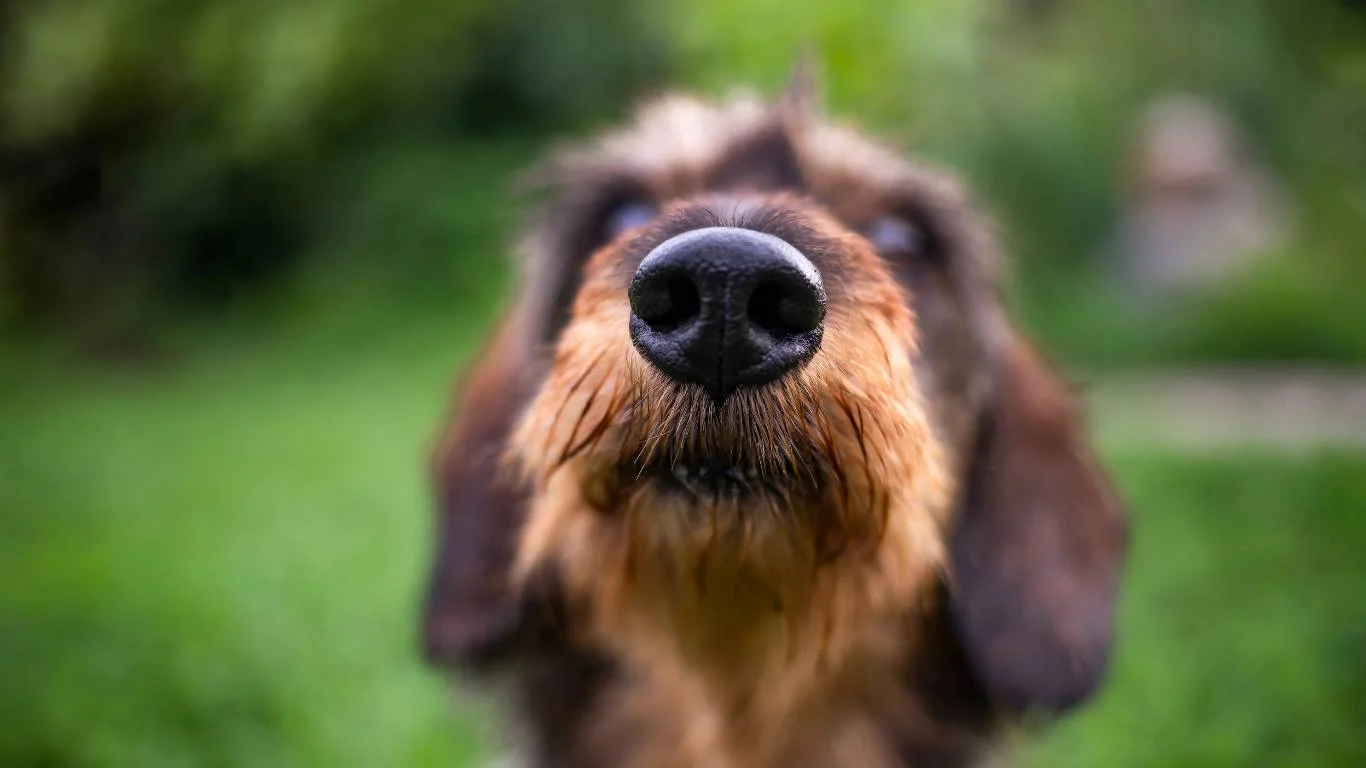
When it comes to managing sudden aggression in dogs, one of the most effective approaches is behavioral training. After ruling out medical issues, addressing the emotional and behavioral causes becomes a top priority. I’ve seen firsthand how training can transform a dog’s behavior, so I’m excited to share some tips that can help you work through aggression issues with your dog. The key is to stay patient, consistent, and positive throughout the process. It may take time, but with dedication, most dogs can improve significantly.
1. Positive Reinforcement: Rewarding Calm Behavior
One of the most effective and humane training techniques for aggression is positive reinforcement. This involves rewarding your dog for calm, non-aggressive behavior instead of punishing them for aggression. When a dog shows signs of calmness, such as sitting down or responding to a command, make sure to reward them immediately with treats, praise, or playtime. The goal here is to reinforce the behavior you want to see more of—calm and controlled actions—rather than the behavior you want to eliminate. I’ve used this method with many dogs in my practice, and it’s been a game-changer in curbing unwanted aggression. Over time, your dog will begin to associate calm behavior with positive outcomes, making them more likely to act calmly in future situations.
2. Desensitization and Counter-Conditioning: Changing Emotional Responses
Desensitization and counter-conditioning are two techniques I’ve found very useful when addressing aggression in dogs, especially when it’s triggered by fear or anxiety. With desensitization, the goal is to gradually expose your dog to whatever triggers their aggression in a controlled and safe manner. Start with a low level of exposure to the stimulus—whether it’s a certain person, another animal, or a specific situation—and gradually increase the intensity over time. While doing this, you should also work on counter-conditioning. This involves changing your dog’s emotional response to the trigger by associating it with something positive, like treats or praise. For example, if your dog becomes aggressive when they see another dog, you could start by having them observe the other dog from a distance, rewarding them for calm behavior, and gradually moving closer as they become more comfortable.
3. Managing Resource Guarding with Training

Resource guarding is one of the most common causes of aggression in dogs, and it can often be resolved with the right approach. The first step in managing resource guarding is to never confront or punish the dog for growling or snapping. While it might be tempting to scold them for these behaviors, it can actually make the problem worse. Instead, focus on teaching your dog that sharing resources doesn’t lead to negative outcomes. One technique I’ve used successfully involves gradually desensitizing the dog to people or other animals being near their food, toys, or other prized items. Start by giving your dog something they value, and then calmly approach them with a treat in hand. Gently toss the treat near the resource and allow the dog to take it. Over time, your dog will learn that the presence of others doesn’t always mean their resource will be taken away, reducing their need to guard it aggressively.
4. Socialization: Building Confidence and Reducing Fear
If your dog’s aggression stems from fear or lack of socialization, then getting them accustomed to new people, places, and animals is essential. As I mentioned earlier, dogs who are poorly socialized often react aggressively because they feel threatened or overwhelmed. The solution here is to expose your dog to a variety of situations, environments, and other dogs or people in a controlled, positive manner. The goal is to build their confidence and help them understand that new experiences don’t have to be scary. Start slow, using treats and praise to reinforce calm behavior when your dog interacts with new people or animals. Over time, you’ll notice your dog becoming more relaxed in new situations.
5. Teaching Impulse Control: The Power of “Leave It” and “Stay” Commands
Impulse control is crucial when it comes to managing aggression in dogs. A dog that lacks impulse control might act out aggressively without thinking, especially when they’re overstimulated or in a high-stress situation. Teaching basic commands like “leave it” and “stay” can help your dog gain better control over their impulses and react less aggressively. These commands are incredibly useful in redirecting your dog’s focus when they start to show signs of aggression. For instance, if your dog starts to get worked up over a situation or object, you can use the “leave it” command to shift their attention away from the trigger. Consistently practicing these commands in various environments will help reinforce calm and controlled behavior.
When to Seek Professional Help: Knowing Your Limits

While many cases of aggression can be managed with the right training and techniques, there are situations where it’s important to seek professional help. If your dog’s aggression is severe, frequent, or poses a danger to you or others, it’s best to consult with a certified professional dog trainer or behaviorist. In my experience, some dogs require more specialized intervention to work through their aggression. A professional trainer can assess your dog’s behavior and develop a tailored training plan that addresses their specific needs.
It’s also important to note that some forms of aggression may be linked to deeper psychological issues, such as trauma or anxiety disorders. In these cases, a behaviorist trained in animal psychology may be needed to get to the root cause and develop a comprehensive treatment plan. Don’t hesitate to reach out for help if you feel overwhelmed or unsure about how to proceed. There’s no shame in asking for professional support, and it can make all the difference in your dog’s behavior and well-being.
Remember, every dog is different, and what works for one dog might not work for another. The key is to stay patient, persistent, and committed to helping your dog. The journey can be long, but with the right approach, most dogs can overcome their aggression and lead happier, more balanced lives.
#LNF

